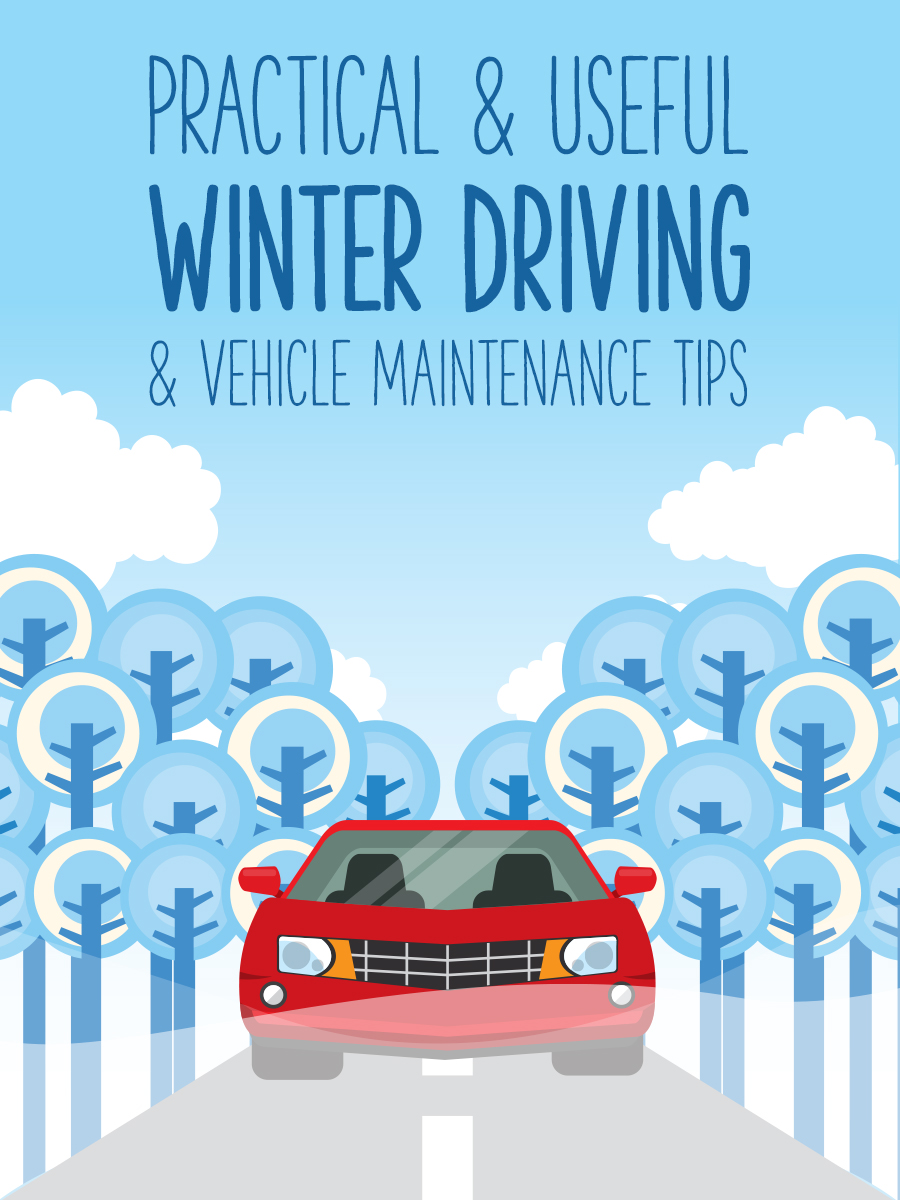Practical and Useful Winter Driving and Vehicle Maintenance Tips
Posted January 20th 2016
Driving on icy, slippery and slushy roads can prove to be a daunting task. The harsh, freezing Canadian winters can transform simple driving into a dangerous experience.
Winter Driving Tips
- Ensure that your Edmonton winter tires are properly inflated. They should be neither under-inflated nor over-inflated. Drivers may wish to keep in mind the fact that tire pressure falls by 1 PSI (Pounds per Square Inch) for every 1 degree.
- Preferably, keep the gas tank at half full (at least) to prevent a gas line freeze up. Freezing of fuel lines can prevent fuel from entering the engine or carburetor. This usually happens when moisture enters the gas line during cold months. Using a high quality anti-freeze from top Edmonton auto repair shops can help resolve the problem.
- Ensure that the vehicle battery is fully charged during cold weather. Clean the battery posts, belts and charging systems regularly. Have the battery checked by professionals at an Edmonton car repair shop.
- Drivers should preferably avoid using parking brakes (or handbrakes) during winter. This is because the cables may become frozen and may be unable to disengage when the lever is released. Applying the emergency brake suddenly may cause the vehicle to fishtail.
- Avoid trying to use cruise control during winter driving. This may cause the vehicle to accelerate and skid because the wheels spin faster while trying to maintain constant speed.
- It is also important to avoid tailgating the car in front of you. Resist the temptation to go too close to the car in front of you because you may be forced to brake abruptly if he stops. This may result in sliding into the car in front of you due to reduced traction.




